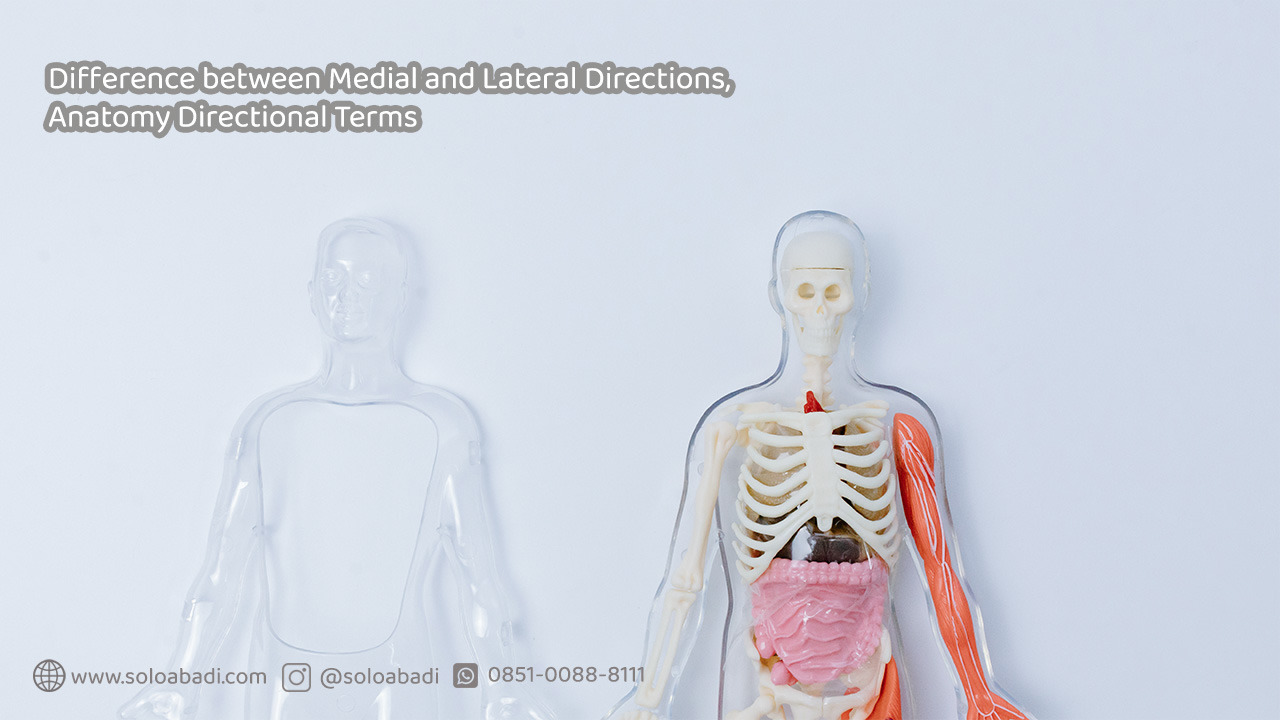The terms medial and lateral are frequently used in anatomy, a branch of medical science that is closely related to anthropometry.
Medial and lateral are commonly used to describe the location of dimensions on the human body, aiding in the diagnosis of medical conditions. But what exactly do medial and lateral mean, and how are they applied in the medical field?
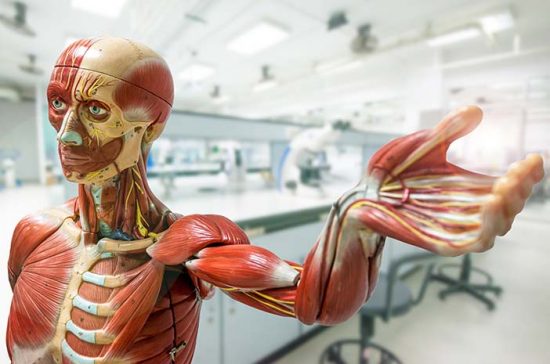
This article will provide a comprehensive review of medial and lateral directions, covering their definitions, examples of use, differences, and recommendations for accurate measuring tools.
Understanding Medial and Lateral Anatomy of the Body
Medial refers to the position or structure closest to the body’s midline or a specific reference point. It is used to indicate the dimensional position of the body that is situated in the middle or on the inner side.
This term is also used to describe the location of body dimensions that are closer to the center of the body or midline. For example, the medial side of the knee refers to the side of the knee that is nearer to the body’s midline.
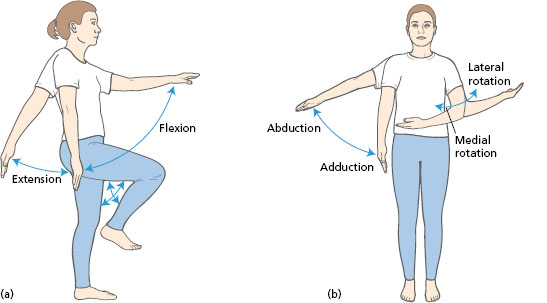
Lateral, on the other hand describes a body position that is far from the midline or reference point. It indicates the location of body dimensions on the outer side or away from the center. This term is often used to describe the position of limbs and appendages. For example, saying the thumb is lateral to the little finger means it is located further from the midline of the hand.
Differences Between Medial and Lateral Anatomy Directions
Medial and lateral are anatomical terms employed to denote the position of a body part in relation to an imaginary midline that divides the body into two symmetrical halves. These terms find frequent usage in medicine, anatomy, and physiology to delineate the orientation and location of bones, muscles, and other body structures.
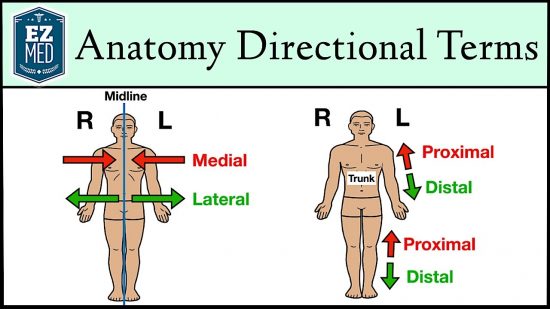
The terms medial and lateral typically denote the position or location of a structure in relation to an imaginary center line or a specific reference point.
Below are the differences between medial and lateral anatomy direction based on geeksforgeeks.org:
| Aspect | Medial | Lateral |
| Description | Located closer to the midline of the body | Located further from the midline of the body |
| Application Case | The big toe is medial to the little toe | The little toe is lateral to the big toe |
| Direction | Towards the midline of the body | Away from the midline of the body |
| Anatomical uses | The structures described are located closer to the midline | The structures described are located further from the midline |
| Medical uses | Used to describe an injury or condition on the inside | Used to describe an injury or condition on the outside |
Most Accurate Anthropometric Measurement Tools
To measure and diagnose the anatomy of the medial and lateral positions of the body, accurate and precise anthropometric measuring instruments are needed. The following are recommendations for the most accurate anthropometric measuring instruments with international standards:
1. Anthropometric Chair
Metrisis – Anthropometric Chair is a cutting-edge tool for measuring up to 34 dimensions of the human body. This chair-shaped instrument is adjustable, enabling measurements in standing, sitting, and even facial dimensions. Below are the specifics of utilizing the Anthropometric Chair:
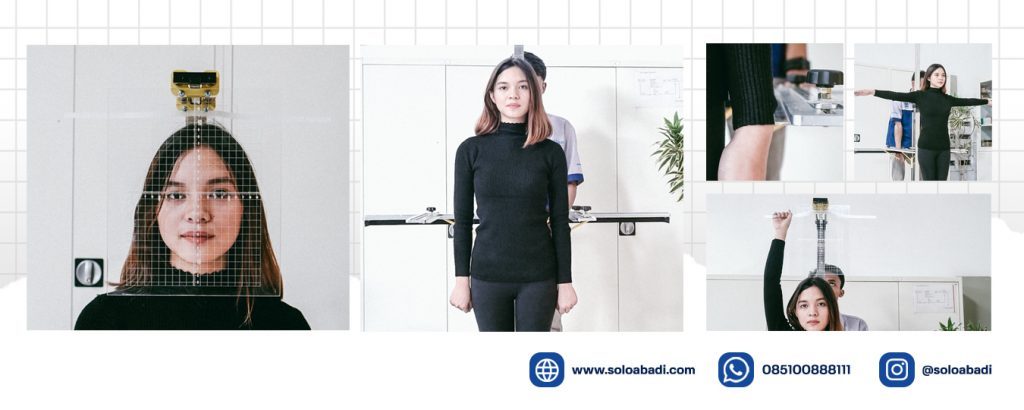
2. Portable Anthropometry
Metrisis – Portable Anthropometry crafted by Solo Abadi Indonesia, is a mobile version of the anthropometric chair, designed for easy transport. This innovative device enables measurement of over 100 dimensions of the human body.
Product Detail:
Contact Us To Get Anthropometry Products
Get anthropometric measuring tools from Solo Abadi by filling in the available ask for price. You can also connect directly through our WhatsApp, because we are ready to contact you immediately.

